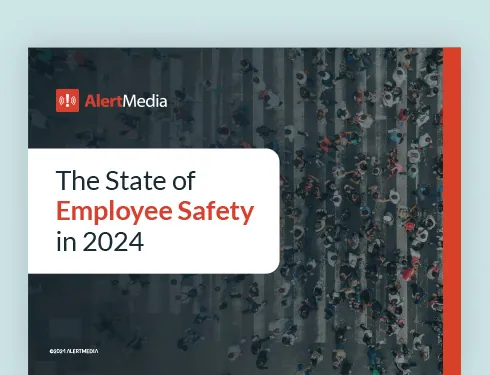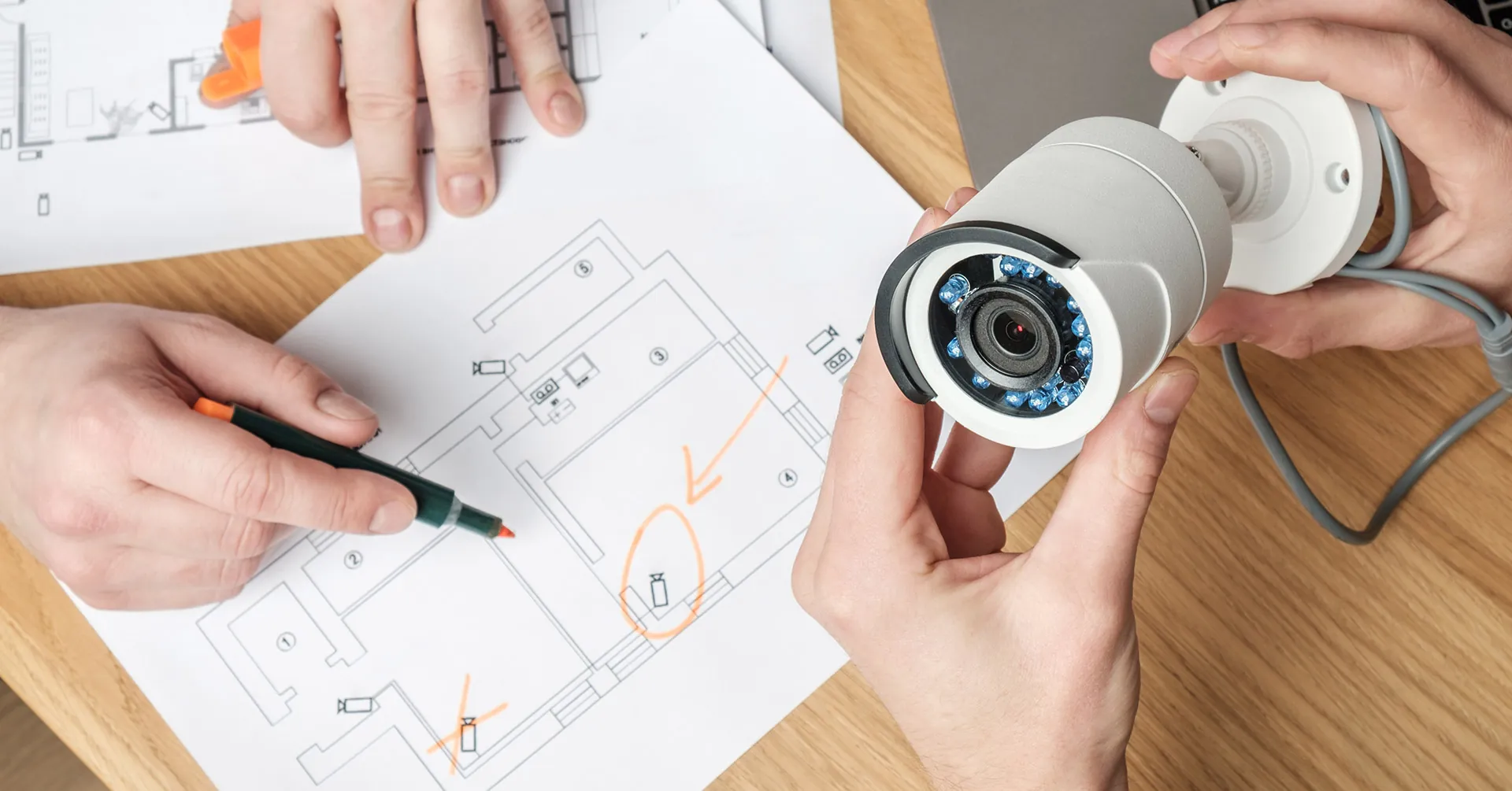
Duty of Care Case Law And Your Business
In this post, we will summarize the key concepts you need to understand to protect your company from liability.

Over the past several weeks, we have been discussing duty of care at work—what it is and what it means for your organization. We have hinted that there is a legal component to duty of care as well. In fact, duty of care originated as a legal concept, and there is a wealth of duty of care case law.
The sheer amount of case law can be overwhelming, but fear not—we’re here to help summarize the key concepts you need to understand to protect your company from liability by covering the key cases in the development of duty of care law.
In this post, we will focus on US duty of care case law. But take care—if your company operates internationally or if your employees travel abroad, you need to know the legal expectations abroad as well. More often than not, European countries have even more stringent duty of care laws. So it is best, as always, to be over-informed and over-prepared.
With that said, let’s dig into the key cases!
Rowland v. Christian (1968)
What happened
The plaintiff, James Rowland, was a guest in the apartment of the defendant, Nancy Christian. When he went to use the bathroom, the porcelain handle of the bathroom faucet broke—severing Mr. Rowland’s tendons and nerves. Ms. Christian had known about the crack in the faucet but had failed to inform Mr. Rowland. He then sued her to recover damages for his injuries.
The ruling
The key question in the case was did the Defendant have a duty to inform her house guest of the defective faucet? Prior to this case, the law had differentiated between different types of occupants: licensees, invitees, and trespassers. Under this framework, the type of duty owed differed depending on the type of occupant. Employees and tenants were always owed a warning, but invitees typically were not—and trespassers never were.
The court, however, decided to do away with this distinction, instead replacing it with a “general duty of care.” They ruled that every type of occupant—whether a tenant, an invited guest, or even a trespasser—was owed a duty of care, including Mr. Rowland. In the words of the court, “A man’s life or limb does not become less worthy of protection by the law nor a loss less worthy of compensation under the law because he has come upon the land of another without permission or with permission but without a business purpose.”
The takeaway
The courts take a broad view of who is owed a duty of care. You certainly need to make sure you keep your local employees safe and informed—but it doesn’t stop there. Do you regularly have visitors in your office? Do you have employees who work in multiple offices? Do your employees travel? You owe them a duty of care as well.
Herrera v. Quality Pontiac (2003)
What happened
A customer dropped off his car at the Quality Pontiac auto-shop for repairs, and the business instructed him to leave his keys in the car. Another man in the parking lot, after seeing that the customer had left his keys in the unlocked car, proceeded to steal the car. While fleeing the scene, however, he crashed into two pedestrians—killing one and severely injuring the other. As a result, the two men’s attorneys sued the auto-shop, for enacting the dangerous policy of having customers leave their keys in their car.
The ruling
The key issue in the case revolved around the concept of foreseeability. Foreseeability is the central concept in duty of care case law; a duty can only be owed if the event in question was a foreseeable result of the Defendant’s action (or inaction). Was it foreseeable that enacting the leave-the-keys-in-the-car policy could result in something like the death of bystanders? According to the court, yes.
The Supreme Court of New Mexico ruled that it was certainly foreseeable that someone might steal the car, especially given the high rate of car theft in Albuquerque, New Mexico, where the shop was located. But their ruling went even further. They said that not only was car theft foreseeable, but it was also foreseeable that such a theft could result in the injury or death of bystanders—since stolen cars are 200 times more likely to be involved in an accident. The court thus found the auto-shop liable for the bystander’s injuries.
The takeaway
The courts take a broad view of what events are foreseeable. You might think that the only foreseeable events that could threaten your people are weather, fires, or active shooters. While you should certainly prepare for those types of risks, you cannot stop there. Make sure you prepare for the range of events that could threaten your employees.
Martin v. Michelin North America (2000)
What happened
A young auto-mechanic was mounting a Michelin tire onto a car, when it burst suddenly (due in part to the fact that it was a 16.5” tire being incorrectly mounted to a 16” rim). In the explosion, the 27-year-old man lost two fingers on his right hand, suffered severe damage to his head and left eye, and had his mental abilities permanently reduced. He subsequently sued Michelin for the injuries caused by the defective tire.
The ruling
The trial court ruled that, despite the fact that the tire was being applied incorrectly, Michelin was still liable—because 1) it was foreseeable that such a misapplication would occur and 2) there were technologically feasible alternatives which would have prevented the explosion. Other tire companies, like Goodyear, included a “single-strand bead” in all their tires. This technology had existed for nearly a decade, and it was specifically intended to prevent the type of explosions which injured the young mechanic. Since Michelin had not adopted the most recent technology, the court ordered them to pay out nearly a million dollars to the mechanic for his injuries.
The takeaway
The law will hold you to the standard of modern technology. Solutions that were top-of-the-line twenty years ago are not good enough if there are newer technologies that do a better job of keeping your people safe. Make sure you are using modern technology—it is what the law requires of you.
What This Duty of Care Case Law Means for You
Although duty of care case law can vary slightly by state and country, the key concepts are largely the same. Make sure you are ready to keep all your people safe. Make sure you are ready for all the different foreseeable risks to your employee’s safety. And finally, make sure you are using the most modern technology—because old solutions don’t cut it, legally or practically.
That starts with adopting a modern emergency communications system, which can keep your people safe, informed, and connected no matter what happens.




